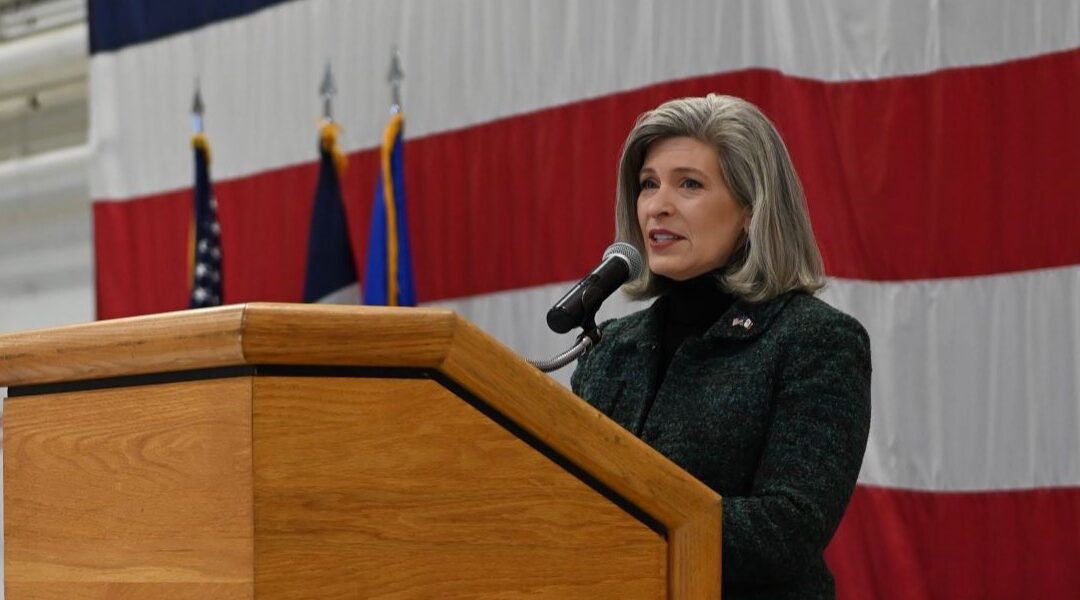Navy officials at Joint Base Pearl Harbor-Hickam, Hawaii, were pressed to explain a 68% electricity rate hike next month for sailors and airman families residing in on-base privatized housing during an installation town hall Monday evening, Military.com reports.
Hickam Communities and Ohana Military Communities residents were surprised two weeks ago with a rate increase for electricity from a Navy-owned power grid from $.19 cents/kilowatt-hour (kWh) to $.32/ kWh beginning Oct. 1. A residence using 500 kWh/month, which is approximately the state average, would see a monthly increase from $95 to $160, according to the report.
Hickam Communities and Ohana Military Communities host more than 7,000 residential units and installation officials are holding town halls to explain the increase and the short notice.
“No excuses, no excuses,” Capt. Marc Delao, head of Naval Facilities Engineering Command told about 200 residents during Monday evening’s town hall, according to the report.
Delao expressed understanding for the frustration of residents for not receiving notice of the increase months earlier.
“I totally get that,” he said. “I will be absolutely honest with you. I failed here. I will take full responsibility for that on behalf of the Navy, the team. I take responsibility.”
He also added there wasn’t much he could do about the increase beginning Oct. 1 at the start of fiscal 2020.
“What is done is done for FY20. That rate is there,” he said.
The increase is the result of a Navy-wide budget reform that converted the engineering command from a self-supporting revolving-fund organization into a general fund entity. The new entity is required to bill the actual costs of utilities and facilities management, according to the report..
For approximately the past five years the engineering command set power rates for Hickam Communities and Ohana Military Communities below actual costs, Delao said.
Hawaii’s residential electricity rates are the highest in America, according to the report.
Some residents questioned why the energy being generated and sold back to power provider Hawaiian Electric from solar panels in the two communities did not reduce bills. An engineering representative said solar power offsets only 15% of electricity demand, the report noted.
Delao and other officials encouraged use of the Navy’s Know Load program, an energy assessment that evaluates the efficiency of home appliances.
However, a single mother resident challenged the usefulness of the program.
“I’ve done it twice, and both times they told me that I’m doing everything fine, everything’s perfect,” she said. “Yet I’m still paying over $300 a month.”
Navy photo by Mass Communication Specialist 2nd Class Charles Oki

ADC Report Taps into Quality of Life Sentiment; April 23 Webinar Will Cover Findings
A new study commissioned by ADC shows that service members and military families are proud to serve in the military but are often struggling, fearful and disoriented. “The set of challenges facing military families are broad and structural but in many cases are...





